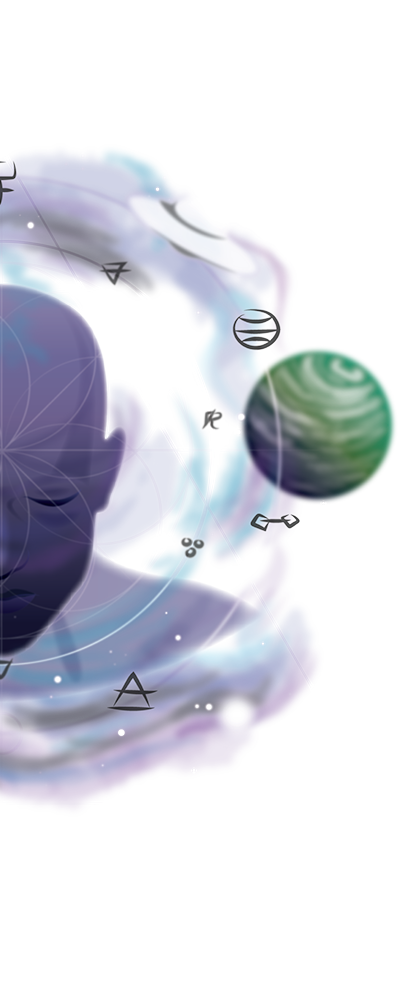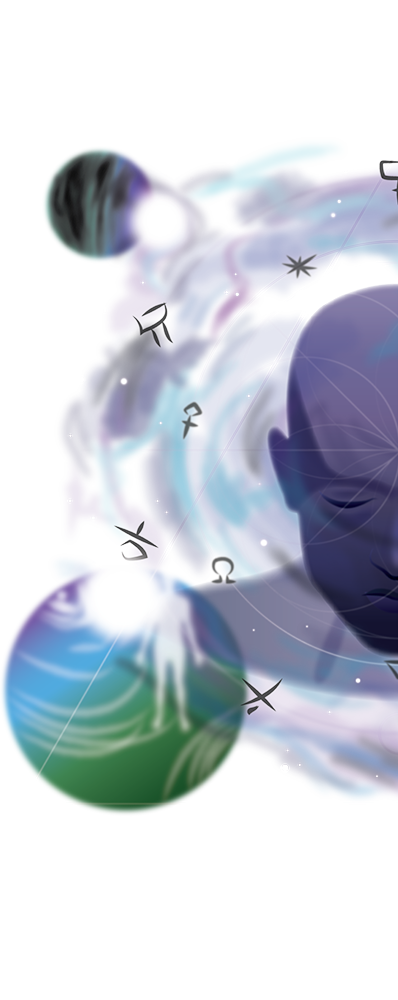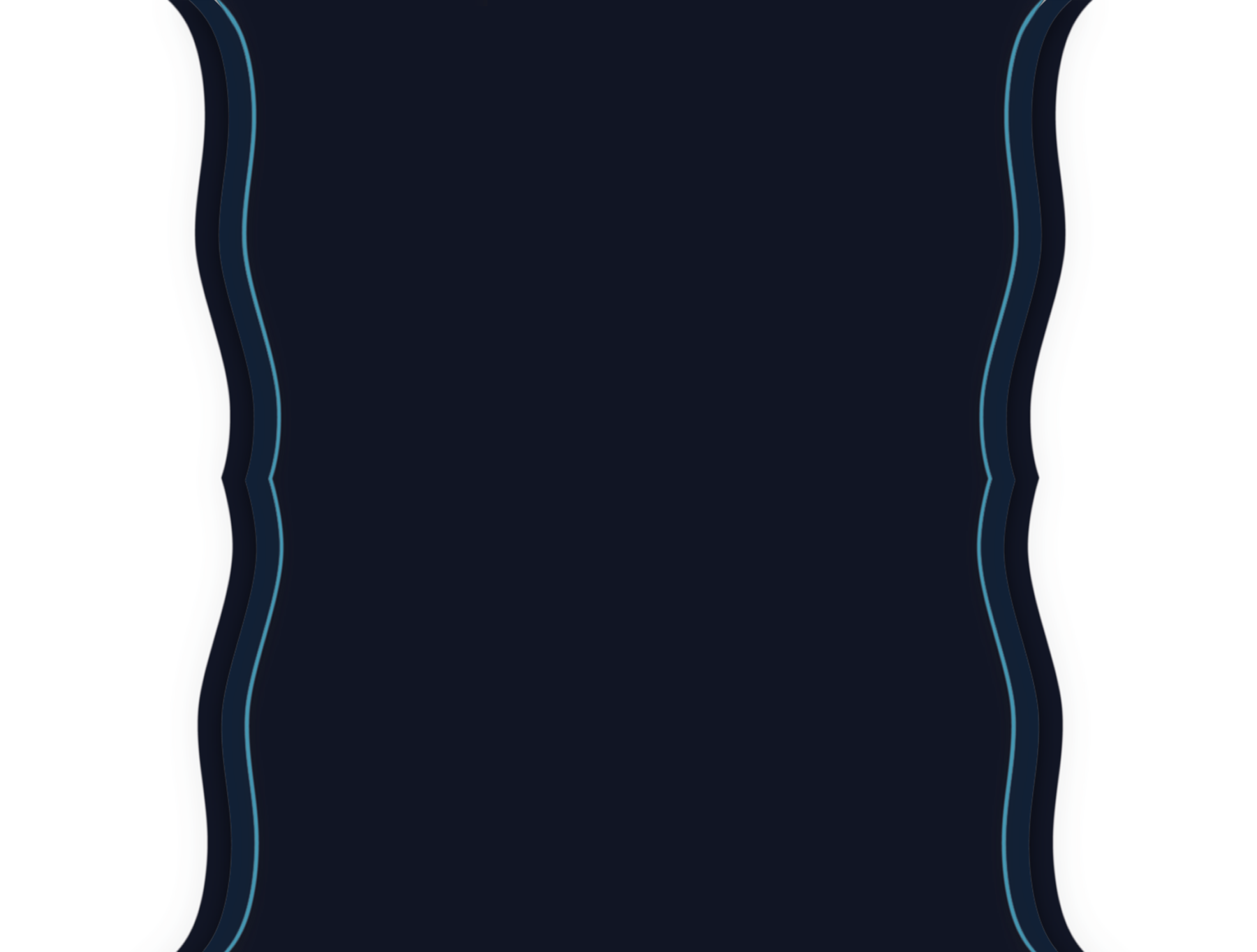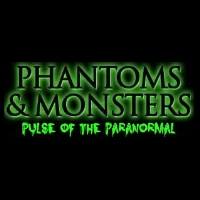By Rosemary Ellen Guiley
Copyright Visionary Living, Inc.
The Tarot is a deck of 78 cards bearing images and symbols that has been one of the most popular systems of divination since the 18th century. “Tarot” is a French derivative of the Italian term tarocchi, meaning “triumph” or “trumps.”
The Tarot is complex, and has been related to alchemy, the Kabbalah, archetypes and Jungian psychology. It has been reinterpreted in hundreds of decks with different themes.
The Tarot is divided into two parts, a Major Arcana, or Trumps, of 22 cards, and a Minor Arcana of 56 cards. The Major Arcana present images which mirror truths and stages of enlightenment in the soul’s journey toward wholeness. The Minor Arcana is divided into four suits of 10 cards each, and resembles today’s playing cards.
Each Tarot card has its own meaning. For divination, Tarot cards are shuffled and laid out in various spreads. Each position in a spread holds a particular significance. Each card has a meaning whether upright or reversed. Though each card and its position have unique meanings, the entire layout must be considered synergistically. Ideally, the Tarot is not consulted for “yes” or “no” answers, but for insight into situations and forces in motion.
The emergence of the Tarot
The exact origins of the Tarot are unknown. Some occultists have suggested that the cards are of great antiquity, the remnants of the fabled esoteric teachings of Hermes Trismegistus, the legendary Greco-Egyptian figure who gave humankind all its learning. More likely, the cards evolved out of the numerous decks of playing cards which spread throughout Europe as early as the 14th century.
It is likely that the Tarot emerged from Islamic alchemy and philosophy. Decks of four-suit playing cards existed in Islamic countries, and probably inspired Western playing cards. It is not known when the first playing cards were created, but in Europe a ban against them was decreed in Florence, Italy in 1376. Official discouragement of playing cards did little or nothing to prevent their popularity throughout Europe, however.
At some point, a fifth suit of 22 allegorical figures was added to decks of playing cards. The original purpose of the fifth suit was to act as trumps in cards games. The creator is not known, but he probably was Italian. The first evidence of Tarot cards dates to 1442 in Ferrara, Italy, in court records. The first known deck dates to about 1445: a hand-painted set designed by Bonifacio Bembo for the duke of Milan, Francesco Sforza.
In the early 16th century, the tarocchi, as the cards were known, spread into Europe; they were manufactured in Lyons, France as early as 1507. Surviving decks from this period are hand-painted, and probably were commissioned by nobility as works of art. Wood block printing on paper made the cards more available to the general population.
During the Renaissance, the allegorical images of the Tarot may be been used as tools in Ars Memoria (the art of memory), the use of meditation upon images as a way of acquiring and passing on knowledge. St. Thomas Aquinas, one of the greatest theologians of the Catholic church, advocated Ars Memoria as a devotional path, while the ex-Dominican friar Giordano Bruno saw images more as a magical path. Images could be charged with will and emotion, and provide a way for connecting to divine power.
As usage of the Tarot spread, the allegorical cards changed, too. The images changed names and orders. Today most decks follow nearly the same order. As artists express the Tarot through different themes, the names of the allegorical images vary as well. However, the trumps represent consistent qualities and ideas.
Here is a list of the 22 Major Arcana and their assigned numbers. This order is consistent in modern decks; however, sometimes the Justice and Strength cards, numbers 8 and 11 respectively, are reversed, with Justice being 11 instead of 8 and Strength being 8 instead of 11.
0 The Fool
1 The Magician
2 The High Priestess
3 The Empress
4 The Emperor
5 The Hierophant
6 The Lovers
7 The Charioteer
8 Justice
9 The Hermit
10 The Wheel of Fortune
11 Strength
12 The Hanged Man
13 Death
14 Temperance
15 The Devil
16 The Tower
17 The Star
18 The Moon
19 The Sun
20Judgment
21 The World
In alchemical terms, the cards can be seen as the path of the Great Work. The Fool is the prima materia, the beginning material. The subsequent cards represent different stages of alchemy. The culmination is The World, also a symbol for the Anima Mundi or World Soul.
The false Egyptian connection
Up to the late 18th century, Tarot cards were still used primarily for games. A revival in the interest of magic contributed to the re-interpretation of the Tarot as a secret book of esoteric wisdom. The most popular of these theories held that the cards originated in Egypt. At the time, the history of ancient Egypt also was in revival interest throughout Europe.
The chief proponent of the Egyptian connection was Antoine Court De Gebelin (1725-1784), a French archaeologist, Egyptologist and high-grade Freemason. According to Gebelin, the Tarot was the surviving fragment an ancient Egyptian book, the Book of Thoth, supposedly authored by Thoth, the Egyptian god of magic writing, healing, arithmetic, astrology, and alchemy. The Greeks equated Thoth with Hermes.
Gebelin offered no proof for his claim. He told a story that an unnamed countess of his acquaintance possessed a Tarot deck, which he immediately recognized as of Egyptian origin. Gebelin said that the wordtarot was derived from two Egyptian words, tar, meaning “road,” and ro, meaning “royal.” Thus, the Tarot was the “royal road” to esoteric wisdom. The 22 allegorical trumps were representations of 22 hieroglyphic stone tablets once hidden in a temple that once existed between the paws of the Great Sphinx. The tablets had told the story of the world.
The Egyptians had created a card game containing this story, and has passed the cards along to the Romans. Gypsies had spread the cards throughout Europe. It was all pure fabrication and speculation. No evidence existed of the mysterious temple. No one knew what Egyptian hieroglyphs meant — the Rosetta Stone was yet to be discovered (1799) and deciphered (1821).
Nonetheless, this story had tremendous romantic appeal and was readily believed by others. Gebelin published his theory in his nine-volume book, Le Monde Primitif (1773-1784). A popular Parisian occultist, Etteilla, created his own Tarot designed solely for divination. Suddenly the Tarot was quite in vogue as Egyptian wisdom.
The Kabbalah and magic
In the 19th century, the magic revival spread, and occultists looked for other connections to the Tarot, such as the practical Kabbalah. Eliphas Levi accepted Gebelin’s theory, and said the Tarot was a collection of symbolic “hieroglyphs” containing the inner truths of occultism. He was taken with the fact that there are 22 trumps — or keys as he called them — in the Major Arcana and 22 letters in the Hebrew alphabet, which in turn has a numerical value and corresponds to the 22 paths in the Kabbalistic Tree of Life. He corresponded each Tarot trump to a Hebrew letter, and devoted 22 chapters to these correspondences in his book, The Dogma and Ritual of High Magic (1861). This correlation of symbols works at times, but in some cases is forced.
Levi described the Tarot as a miraculous book, the source of inspiration of all the sacred ancient books and a perfect tool for divination on account of the analogical precision of its figures and its numbers. In fact, the oracles of this book are always rigorously true, and even when it does not predict anything, it always reveals something that was hidden, and gives the wisest counsel to those who consult it.
Levi delighted in the profound correspondences he saw. In his book, Transcendental Magic, Its Dogma and Ritual (1856), he said:
This Clavical [the Arcana] regarded as lost for centuries, has been recovered by us, and we have been able to open the sepulchres of the ancient world, to make the dead speak, to behold the monuments of the past in all their splendor, to understand the enigmas of every sphinx and to penetrate all sanctuaries… Now, this was the key in question; a hieroglyphic and numeral alphabet, expressing by characters and numbers, a series of universal and absolute ideas…
The symbolical tetrad, represented in the Mysteries of Memphis and Thebes by the four aspects of the sphinx — a man, eagle, lion and bull — corresponded with the four elements of the old world [earth, air, fire and water]… Now these four symbols, with all their analogies, explain the one word hidden in all sanctuaries… Moreover, the sacred word was not pronounced: it was spelt, and expressed in four words, which are the four sacred letters, Yod… He[h]… Vau… He[h]…
The Tarot is a truly philosophical machine, which keeps the mind from wandering, while leaving its initiative and liberty; it is mathematics applied to the Absolute, the alliance of the positive and the ideal, a lottery of thoughts as exact as numbers, perhaps the simplest and grandest conception of human genius…
An imprisoned person, with no other book than the Tarot, if he knew how to use it, could in a few years acquire a universal knowledge and would be able to speak on all subjects with unequalled learning and inexhaustible eloquence.
Levi opined that the Tarot was handed down by “certain wise kabbalists” who preserved their sacred knowledge, first on ivory, parchment, on gilt and silvered leather, and afterwards on simple cards, which were always the objects of suspicion to the Official Church as containing a dangerous key to its mysteries. He heaped praise upon Court de Gebelin for ferreting out the truth, and he criticized Etteilla: “From these [simple cards] have originated those tarots whose antiquity was revealed to the learned Court de Gebelin through the sciences of the hieroglyphics and of numbers, and which afterwards severely exercised the doubtful perspicacity and tenacious investigations of Etteilla.”
Levi also used another Kabbalistic letter-manipulation technique, temurah, to find meaning in the word “Tarot.” Temurah is the transposition of letters in a word to create new words. Thus, Levi found that “Tarot” could be transposed to rota, the Latin term for “wheel,” and “Tora,” an incomplete spelling of “Torah,” the scriptures and law of Judaism. The temurah was corroborating evidence to him that the Tarot was indeed a wheel of life or spiritual evolution, and was founded on Kabbalistic wisdom.
Levi’s work with the Kabbalah was expanded by another Frenchman, Gerard Encausse (1868-1916), a physician who went by the occult pseudonym, Papus. As a leading Martinist and member of the Kabbalistic Order of the Rose-Cross, Papus, too, was steeped in occultism. He saw the Tarot as presenting the spiritual history of man: the emergence of the soul from the Source, descending to the material, then returning to the Source. In his most important work on the Tarot, The Tarot of the Bohemians: The Absolute Key to Occult Science (1889), he predicted that society was on the verge of incredible transformation, and that materialism was on the way out. What was needed was synthesis, in the fashion of the wisdom taught by the ancients.
The Kabbalistic link was emphasized by the Hermetic Order of the Golden Dawn, one of the greatest esoteric orders of modern times. The Golden Dawn flourished briefly in the late 19th and early 20th centuries, and included as members some of the greatest occult and literary figures of the day, such as Aleister Crowley, William Butler Yeats, Samuel Mathers, Dion Fortune, Allan Bennett and others. The Golden Dawn followed in Giordano Bruno’s footsteps by using Tarot images in magical meditations and contemplations as gateways and guides to various levels in astral projection. Use of the images helped to avoid wandering along the astral byways, and kept the initiate on track. Meditating on the Tarot also served to develop the important faculty of imagination.
Of great importance in the Golden Dawn were a set of Tarot papers called Book T, which was given to initiates. Book T set forth the Tarot as the key to the Hermetic Kabbalah and all Western esotericism, and corresponded to the Major Arcana to the Hebrew alphabet. According to Rosicrucian legend, Book T was found clutched in the hand of the perfectly preserved corpse of the legendary Christian Rosenkreutz when his secret burial vault was discovered in 1604. Rosenkreutz supposedly had died in 1484 at 106 years of age. Golden Dawn Tarot teachings also corresponded to the Major Arcana to the paths connecting thesephirot of the Tree of Life.
Another major, and modern, figure in the Kabbalistic Tarot was Paul foster Case (1884-1954), a one-time member of the Golden Dawn and the founder of the Builders of the Adytum. Â Case composed a thoughtful and detailed analysis of the Tarot-Hebrew alphabet correspondences in his work, The Tarot: A Key to the Wisdom of the Ages (1947). His correspondences included not only the letters but the accompanying colors and musical tones associated with each letter, and the astrological signs which fit each Arcanum. With the letter correspondences, Case probed the hidden, occult meanings of Hebrew words by spelling them out with the Tarot, with the greatest yield coming from many words in the Old Testament, divine and angelic names, and the names of the twelve tribes of Israel.
Tarot interpretations
The most significant influence upon the meaning of the Tarot came from Arthur Edward Waite, a Freemason and a member of the Golden Dawn. Waite reinterpreted the Tarot cards according to what he believed were their original mystical meanings. Waite thought the cards themselves were no older than the 14th century, but they portrayed much older esoteric symbols.
Waite drew upon his own extensive esoteric knowledge, including magic, the practical Kabbalah and alchemy, to design his own Tarot deck. He recruited another member of the Golden Dawn, artist Pamela Colman Smith, to execute his ideas. They named the allegorical trumps the Major Arcana (major secrets), and the four suits the Minor Arcana. Unlike all earlier Tarot decks, the Minor Arcana were presented by pictorial images, not pip signs. Thus, the entire deck was useful for occult meditation and visualization. Only persons with sufficient esoteric knowledge would be able to read the true visionary secrets of the cards.
The Pictorial Key to the Tarot was published in 1910 by the Rider publishing house in London. The deck became known as the Rider-Waite deck. Nearly a century later, is still considered one of the best renditions of the Tarot and is the universal standard by which other decks have been designed.
Waite’s work was reinterpreted in 1995 with the publication of The Alchemical Tarot by the artist Robert Michael Place and myself. Place, an expert on alchemy, worked with inspirations he received through dreams and visions to restore deeper alchemical meanings to the cards that would have been limited only to initiates in Waite’s time. He also drew upon alchemical drawings and woodcuts.
Two other noted members of the Golden Dawn created Tarot decks. Mathers, who claimed prodigious feats with the help of occult powers, designed a Tarot deck and his wife painted the finished product. Members copied the original. Decades later, the deck was reconstructed by artist Robert Wang, working under the direction of Israel Regardie, one-time secretary to Crowley and a member of one of the Golden Dawn’s offshoot lodges, Stella Matutina. It was published in 1978, marking the first time the deck was made public.
Crowley made his own interpretation of the Tarot, linking the cards to Thoth. The card designs in his deck, executed by the Lady Freida Harris, are erotic in theme, with Kabbalistic and astrological attributions. The cards have also been interpreted in terms of the I Ching, crystals and gems, and goddess concepts.
More recently, the Tarot field has seen an explosion of variations of deck themes and executions. Regardless of imagery, the alchemical content of the Tarot remains: the cards do serve as gateways to higher planes, and they light a spiritual path to cosmic consciousness.









